China's yuan is emerging as a strong challenger to the dollar's dominance. Here are 5 countries that recently turned to the yuan instead of the USD for trade.
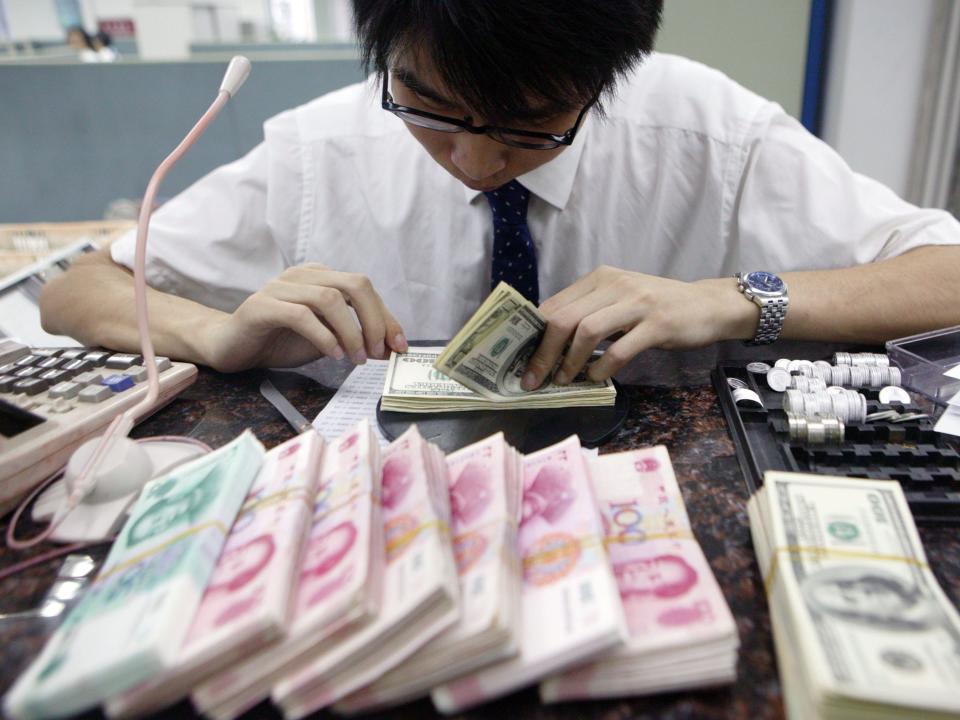
Countries are lining up backup currencies — such as the Chinese yuan — for trade and transactions.
Sanctions against Russia sound a cautionary tale over the power Washington and the USD wields.
Russia, Iran, Brazil, Argentina, and Bangladesh are making headway in using the yuan for trade.
China's yuan is gaining increasing usage globally, pointing to the de-dollarization of transactions worldwide — gradually
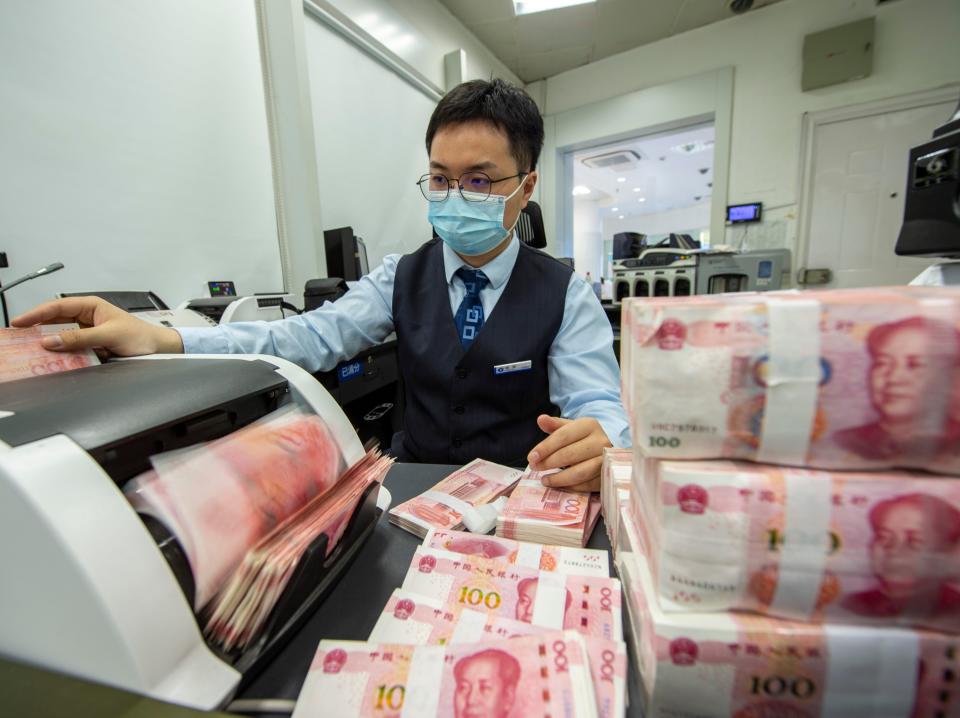
The US dollar has been the world's reserve currency since the second world war, playing an outsized role in the world's trade.
But countries globally are now lining up backup currencies for trade, as sanctions against Russia over its invasion of Ukraine have led to some prominent world leaders and business figures sounding a warning over the power Washington wields.
The sanctions that squeezed Russia's dollar currency reserves "increased the perceived risk that those debt assets can be frozen in the way that they've been frozen for Russia," billionaire investor Ray Dalio cautioned on an April 12 Julia La Roche Show.
Even President Emmanuel Macron of France – a key US ally — warned against the "extraterritoriality of the US dollar," suggesting in an April interview with Politico that Europe should cut its dependence on the greenback.
Europe "won't have the time nor the resources to finance our strategic autonomy and we will become vassals" should tensions between US and China heat up, Macron told Politico.
Amid these dire tidings, the Chinese yuan is seizing the opportunity and is mounting a challenge to the dollar's dominance.
The use of the yuan overtook the use of the dollar in China's cross-border transactions for the first time in March, according to an April 26 research report by Bloomberg Intelligence.
Treasury Secretary Janet Yellen acknowledged as much, telling CNN in April: "There is a risk when we use financial sanctions that are linked to the role of the dollar that over time it could undermine the hegemony of the dollar."
"It is a very effective tool. Of course, it does create a desire on the part of China, of Russia, of Iran to find an alternative," Yelled said.
While the intent may be there, Yellen, however, noted that it wasn't easy to replicate the eco-system — such as the international payments infrastructure — that supports the US dollar.
Read further for five countries that have recently turned to the yuan for trade and other transactions — either to skirt sanctions or as an alternative to the greenback.
1. Russia's already warming up strongly to the yuan, snapping up three times more of the currency in March than in February

If there's one country at the forefront of using the Chinese yuan for its transactions, it's Russia — the country facing sweeping Western sanctions over its war with Ukraine.
Russia's economy has been badly hamstrung by the sanctions — some Russian banks have been banned from SWIFT, the dollar-dominated Belgium-based messaging service that lets banks around the world communicate about cross-border transactions.
And at least half of Russia's $640 billion foreign currency reserves have been frozen by the trade restrictions.
All of this has forced Russia to look for alternative currencies to use in international transactions.
The Chinese yuan is already a top candidate as Russians bought 41.9 billion rubles, or $538 million worth of the Chinese currency in March, more than triple the 11.6 billion rubles worth of the currency purchased in February, Russia's central bank said on April 10.
On Russia's foreign exchange markets, the ruble-yuan trade accounted for 39% of total volumes, outpacing the ruble-dollar's 34% share, the central bank added.
The Chinese yuan has become so popular that is likely to be Russia's top currency choice when it replenishes its foreign currency exchange.
Moscow could snap up around $200 million in Chinese yuan each month, Bloomberg Economics reported last Tuesday. The yuan is one of the few key currencies available to Russia after Western sanctions cut the country off from the world's dollar-denominated financial system.
2. Brazil — a vocal exponent of de-dollarization — is looking to more yuan reserves and transactions
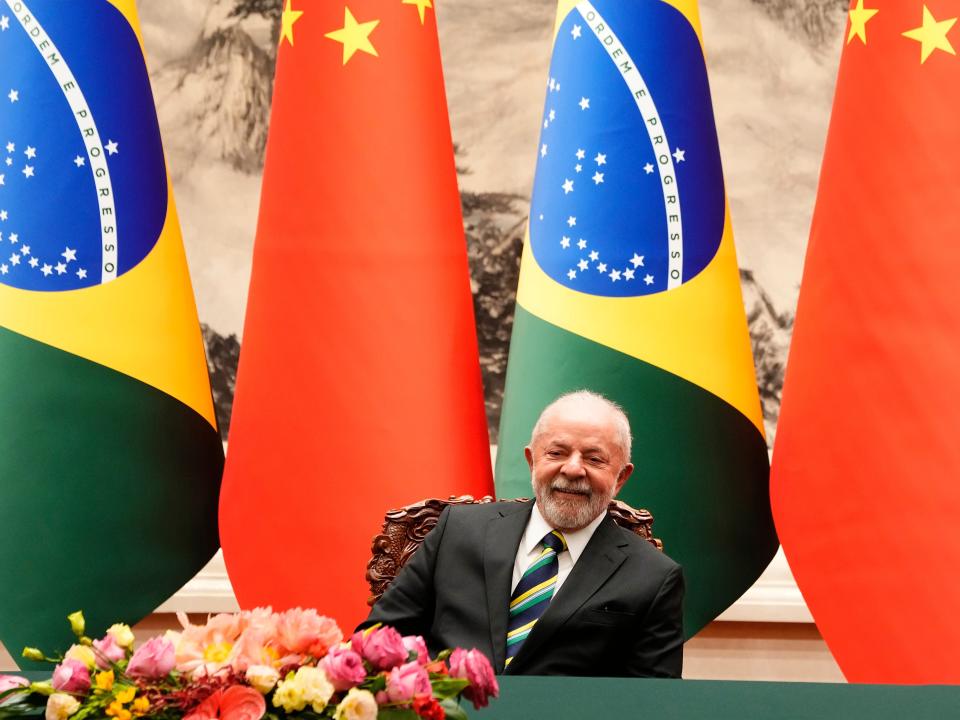
Brazilian president Luiz Inacio Lula da Silva has been one of the most vocal proponents vocal about setting up alternative trade settlement currencies, going as far as to call on the BRICS countries — Brazil, Russia, India, China, and South Africa — to move away from the dollar.
Brazil's central bank has already been snapping up the Chinese currency. The yuan surpassed the euro to become the second most dominant currency in Brazil's foreign reserves after the dollar at the end of 2022, according to the country's central bank, per Reuters on March 31.
In March, Brazilian bank Banco BOCOM BBM — owned by major Chinese bank BOCOM — struck a deal with China to allow for transactions in the real and yuan directly instead of using dollars as a default currency, according to the Brazilian Trade and Investment Promotion Agency said in a March 29 statement.
"The expectation is to reduce the costs of commercial transactions with the direct exchange between the Brazilian real and the renminbi," the agency said.
It's not just the yuan, Lula has also called on BRICS nations to set up a common currency for transactions.
"Why can't we do trade based on our own currencies?" he said in an April state visit to China, per The Financial Times. "Who was it that decided that the dollar was the currency after the disappearance of the gold standard?"
3. Bangladesh is using the yuan to pay Russia for the construction of the nuclear power plant
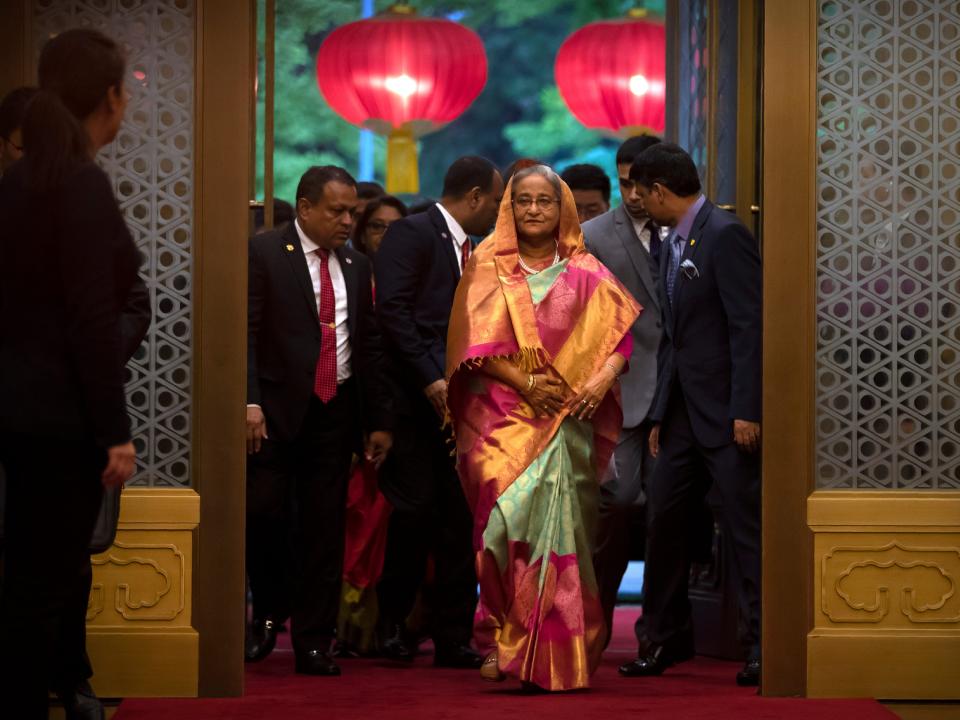
Bangladesh in April agreed to pay Russia the equivalent of $318 million for the construction of a nuclear plant using the Chinese yuan.
The two countries were in an impasse for a year before settling on the yuan for the transaction because Bangladesh hasn't been able to pay Russia in dollars.
Rosatom, the state-owned nuclear energy company that is building the plant in Bangladesh, had initially demanded rubles for payment, according to Bloomberg on April 18, citing two unnamed officials familiar with the matter.
However, the two countries finally agreed to settle the deal in yuan because China had authorized certain unnamed Bangladeshi banks to settle deals with China in the yuan, the Washington Post reported on April 17, citing a Rosatom representative.
Ahsan Mansur, the executive director of the Policy Research Institute in Bangladesh, told WaPo the South Asian country had to act on the side of its own national interest and make a pragmatic decision for its energy security.
"The interests of Third World countries like Bangladesh are not the same as that of China and the US," Mansur told WaPo. "We have to maintain relations with both."
4. Argentina will start to pay for around $800 billion worth of imports from China in the yuan
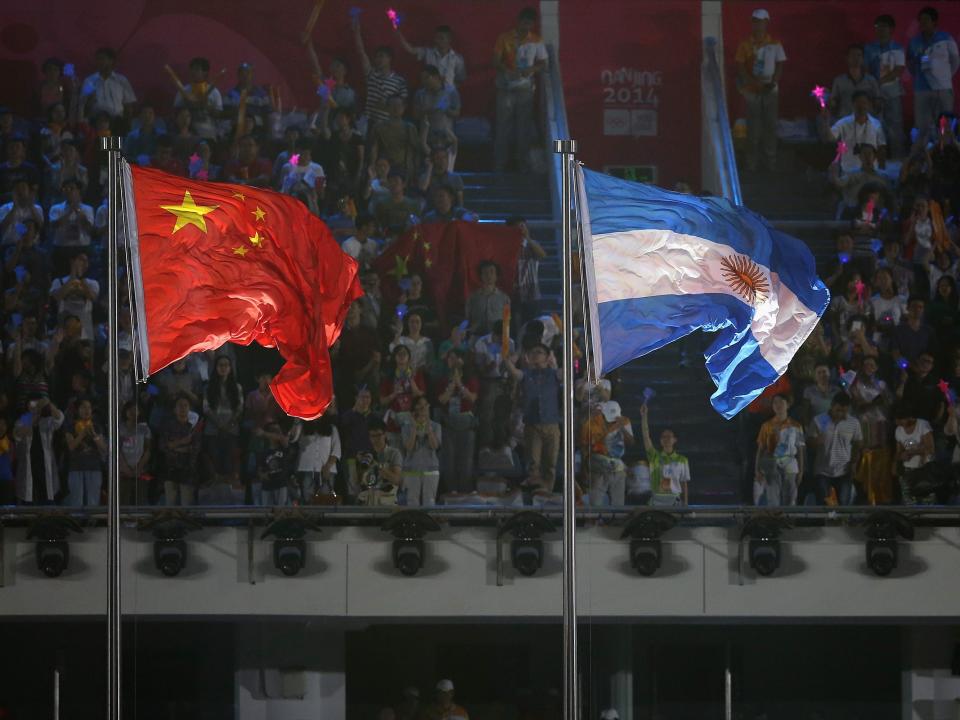
Argentina said on April 26 it will be starting to pay for imports from China in the yuan instead of US dollars, Sergio Massa, the Argentinian economy minister tweeted.
—Sergio Massa (@SergioMassa) April 26, 2023
The move was primarily motivated by Argentina's desire to reduce dollars flowing out from its currency reserves.
A reduction in dollar reserves — that have been falling due to political uncertainty and a decline in farm exports after a historic drought — pressures the Argentine peso which, in turn, fuels inflation.
The yuan payment program was expected to start in April with the South American country aiming to pay $1 billion worth of imports using the yuan, after which it will pay around $790 million worth of monthly imports in the Chinese currency.
"These types of measures give our reserves greater strength and are key to improving the prospects for net reserves, giving us greater freedom and capacity to intervene in the face of those who speculate and over-speculate with the economic situation," Massa said in his tweet.
Yuan-based import orders could soon be approved in 90 days instead of the standard 180 days — which means a faster turnaround for transactions, added Massa, per Reuters.
5. Iran has already been using the yuan to trade with China for years
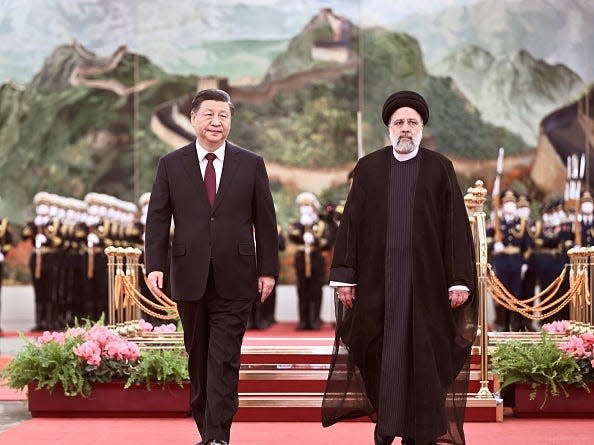
Heavily sanctioned Iran has been discussing using the yuan to settle trade as far back as 2010.
Then in 2012, China started buying crude oil from Iran using the yuan, the BBC reported.
While international sanctions against Iran were lifted in 2016 after the country and several world powers — including the US under the Obama administration — reached a deal aimed at restricting Iran's ability to develop nuclear weapons, the detente didn't last.
In 2018, the US reimposed sanctions against Iran following then-President Donald Trump's unilateral decision to withdraw the US from the Iran nuclear deal.
Like Russia, Iranian banks have been banned from Swift since 2018, spurring Tehran to look for an alternative payments system.
In February 2023, Tehran and Beijing discussed increasing the use of the yuan and the Iranian rial for bilateral trade.
"The yuan already accounts for a considerable part of trade between the two sides. However, the process of using the Chinese currency needed to be eased, and the Central Bank of Iran is negotiating with the Chinese to address the issues," Iranian economy minister Ehsan Khandouz said, per Financial Tribune, an Iranian media outlet.
It's not just the yuan. Iran also linked up with Russia's payment system, the System for Transfer of Financial Messages in February this year, per Al Jazeera.
"The financial channel between Iran and the world is being restored," Mohammadreza Farzin, Iran's central bank governor said, according to the news outlet.
Read the original article on Business Insider
